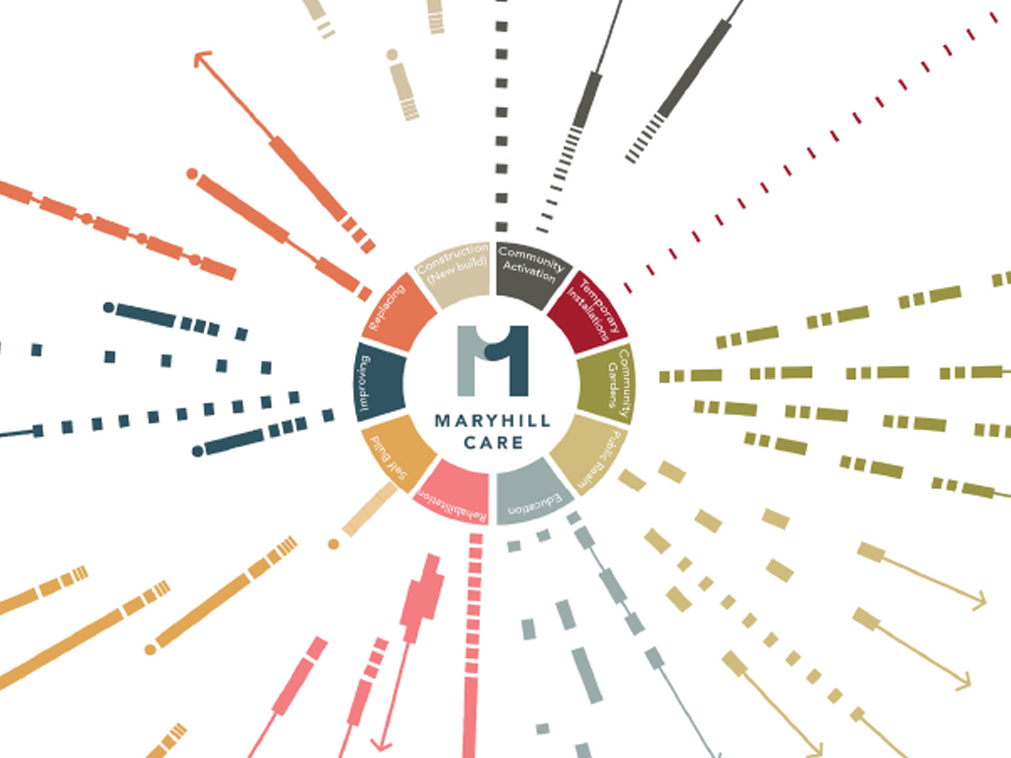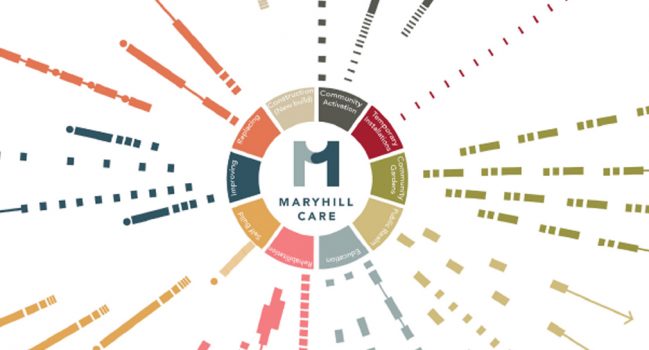The year started out with an introduction to high streets. High-streets often highlight a significant historical route and as such are the hub from which many cities and towns grow (Felecioti, 2019). We were asked to look at high streets as ‘complex adaptive systems’ to understand how they have grown and developed over time with changes identifiable as ‘layers.’ During the first stage of analysis two High Streets in Glasgow were studied – Kilmarnock Road, Shawlands and Maryhill Road, Maryhill. The analysis stage created an in-depth understanding of the wider area around both ‘High Streets,’ both in geographical and cultural/social terms.
This formed the basis from which the strategy stage grew. During the strategy phase both authors worked in the same group focusing on how Maryhill could look back in order to move forward (Back to the Future). Drawing on the historic elements which helped to nurture a bustling high street and community spirit but which were lost during Glasgows’ infamous demolition and reinvention. The two authors of this project came together in Week 4 of the second semester after realising their research up to that point had followed a similar path with a specific interest in the criminal history of Maryhill and a shared view of how different rehabilitation processes could help with the effort to de-stigmatise the community. Once a collaborative effort was agreed on the project expanded to look at several key problems identified in Maryhill. It became apparent that the aim to create a vibrant and rich community could only be achieved through an accumulation of several different initiatives and processes. Thus Maryhill Community Activation Regeneration Eduction (C.A.R.E) was born and evolved into developing a complex strategic framework for Maryhill, where many small initiatives can build to create mass change in Maryhill.
by
Archibald Prince, Louise Mencnarowski


